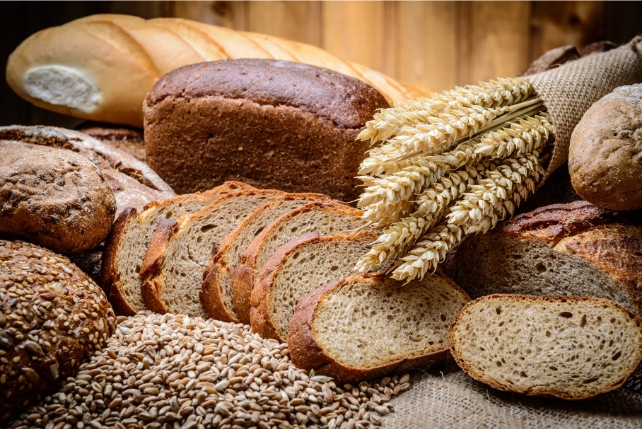For about one in a hundred people, foods containing even the smallest amounts of gluten can cause a significant dose of pain.
Although a domino effect of immunological responses can be traced back to their genetic roots, there are also a number of contributing factors, making it difficult to map the precise chain of events that trigger a reaction to gluten .
Using transgenic mice, an international team led by scientists from McMaster University in Canada has identified a crucial role played by the cells that make up the intestinal wall. This describes an important stepping stone that could lead to new therapies.
allowfullscreen=”allowfullscreen” frameborder=”0″>
Celiac disease is essentially an autoimmune disease caused by the presence of a group of structural proteins known as gluten in the intestines.
Eating virtually anything made with wheat, barley, or rye—that is, most baked goods, breads, and pastas—puts people with the condition at risk for bloating, pain, diarrhea, constipation, and sometimes reflux and vomiting.
Currently, the only way to avoid the symptoms is to avoid the foods that cause them.

“The only way we can treat celiac disease today is to completely eliminate gluten from the diet,” says McMasters gastroenterologist Elena Verdu.
“This is difficult to do, and experts agree that a gluten-free diet is insufficient.”
About 90 percent of people diagnosed with the condition carry a pair of genes that code for a protein called HLA-DQ2.5. Of the remaining 10 percent, most have a similar protein called HLA-DQ8.
Like other types of ‘HLA’ (or human leukocyte antigen) proteins, the proteins hold up pieces of fallen invaders as macabre trophies on a class of immune cells, warning other defensive tissues to be on guard.
In the specific case of HLA-DQ2.5 and HLA-DQ8, the proteins are shaped to contain bits of gluten peptide that are resistant to digestion, instructing killer T cells to go on the hunt.
Unfortunately, these instructions aren’t the clearest in distinguishing between a threat and similar-looking materials in our bodies, meaning those with the genes are at risk for a variety of autoimmune diseases.

However, not everyone who expresses HLA-DQ2.5 or HLA-DQ8 will develop an immune disorder such as celiac disease.
For that to happen, those shredded pieces of gluten must first be carried across the intestinal wall by a transporting enzyme that binds to the peptide and changes it in a way that makes it even more recognizable.
Cells in the intestinal wall are responsible for releasing this transport enzyme into the intestines, so they clearly play a crucial role in the early stages of the disease.
They are also known to express the family of proteins that include HLA-DQ2.5 and HLA-DQ8, which are typically regulated by inflammatory responses in the intestines.
What is not yet clear is how this gathering place for people with celiac disease actually functions within the pathology itself.

To focus on this important link in the chain, the research team double-checked the expression of the key immune complex in the cells lining the intestines of people with treated and untreated celiac disease, and in mice with the human genes for HLA-DQ2. 5.
They then created functional living models of the intestines, called an organoid, using the intestinal cells of mice to closely study the expression of their immune proteins, exposing them to inflammatory triggers and to predigested and intact gluten.
“This allowed us to map out the specific cause and effect and prove exactly if and how the reaction occurs,” says McMasters biomedical engineer Tohid Didar.
This made it clear that the cells lining the intestines were not just passive bystanders who suffered collateral damage in a misguided attempt to rid the body of gluten – they were key agents, creating a hodgepodge of gluten fragments that were broken down by intestinal bacteria and enzymes to gluten-specific immune cells firsthand.
Knowing the tissue types involved and their amplification by the presence of inflammatory microbes gives researchers a new list of targets for future treatments, allowing millions of people around the world to enjoy a gluten-filled pastry or two without the risk of discomfort.
This research was published in Gastroenterology.
An earlier version of this article appeared in August 2024.

